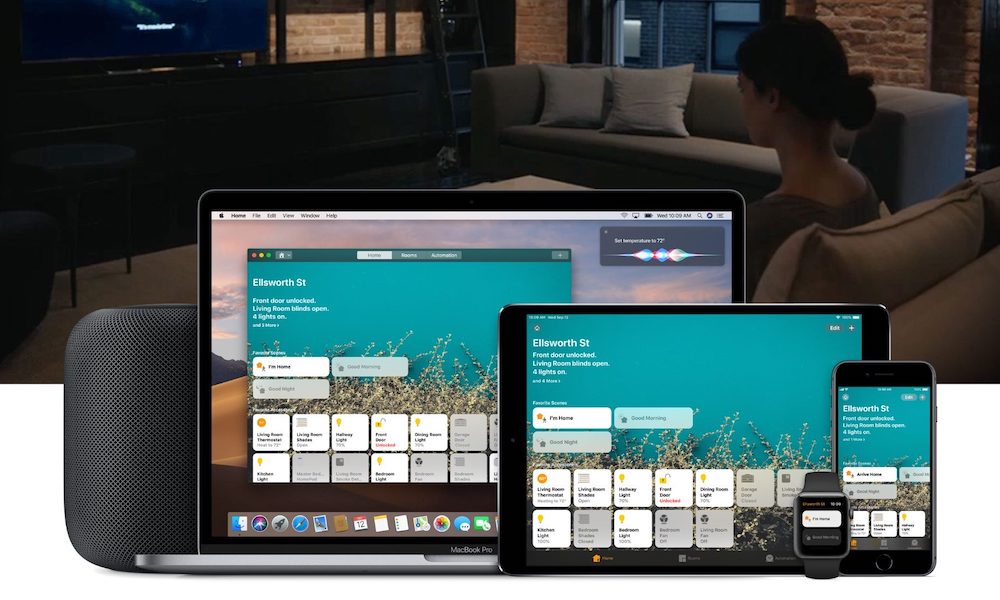Apple Tech Could Make IoT Smarter and More Seamless Than Ever Before
 Credit: Apple
Credit: Apple
Toggle Dark Mode
Currently, most Internet of Things (IoT) and interconnected device platforms rely on Wi-Fi, Bluetooth, or both – but according to a slate of recent patent applications, Apple is developing ways to make connectivity between multiple devices much simpler.
Apple’s Latest Patents
The U.S. Patent and Trademark Office published three Apple patent applications on Thursday. And they all have to do with device interconnectivity.
While all three patents deal with device interconnectivity, they each focus on a separate facet of keeping devices strung together.
- The first patent, Control and Shared Channels in Device-to-Device Communication, details a system that could allow a device to go through device-to-device discovery (D2D) once it’s synced to a network. In layman’s terms, you could connect your iPhone to your HomePod. From there, the system could connect your iPhone to every other device part of the HomePod’s IoT network.
- The second patent, Synchronization Sequence Design for Device-to-Device Communication, deals with the same sort of interconnectivity, but focuses on speeding up data transmissions between connected devices by divvying up data into multiple sub-signals.
- The third patent, Off Grid Radio Service System Design, sort of echoes the second, but adds in various considerations for “off grid radio systems.” Essentially, meaning connectivity between wireless devices without a centralized network (such as Wi-Fi).
What These Patents Mean For You
At first glance, the patents seem fairly dense and not all that interesting. But the fact that Apple is looking into advanced, narrowband device-to-device communications technology is noteworthy.
That suggests that Apple is looking ahead and knows where the market is going. At it stands out, most of us probably have at least a handful of devices that connect to each other — like a smartphone, a laptop, a smart speaker, and a wearable. While there are various applications of the patented technology, the gist is that all of them could improve the connectivity between these devices.
That could mean better performance, more seamless syncing, or even creating a mesh-style network that would allow devices to communicate with each other without any other connectivity options. AppleInsider, which first spotted the patents, brought up the last point as an example.
That could allow users to send texts to or call other iPhones — even if there isn’t a cellular or Wi-Fi connection available. There are a variety of use scenarios for that, such as camping in remote areas or staying connected during a natural disaster.
Of course, Apple files a lot of patents and they don’t all end up being used in consumer-facing products. That’s worth keeping in mind, since we don’t know when or if the tech described in the patents will see the light of day.






